Hawzah News Agency – Yemen is a country of simple folk, and Ramadan was a time for coming together. We were filled with joy and excitement rather than fear during the holy month. The night before Ramadan, everyone flocks outside for last-minute preparations. Noises, mainly delighted chatter, fill the alleyways.

The women prepare food like sambusas (fried stuffed dough), so it is ready to fry the next day. Excited children filter through the streets to play games, and young men mill about because no one sleeps during Ramadan nights in Yemen.
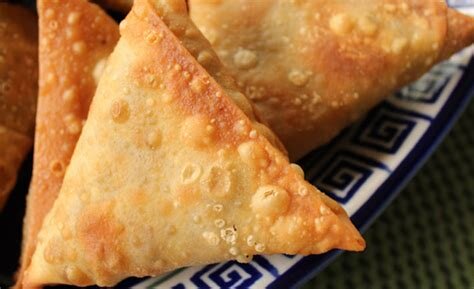
They wake up around noon (mid-day prayers) and start to prepare for iftar. We make Luhuh, a thin crepe-like bread that is then eaten with meat, pepper and laban (yoghurt). Other dishes that are necessary for Ramadan include Makaskas, little pieces of bread with a mix of raisins and nuts, and Shafoot, a dish of yoghurt with thyme that is eaten with bread.
Yemen's cities are built so that everything one may need is always within a walking distance. So, right around iftar (breaking of the fast), everything turns hectic. People run around trying to buy last-minute groceries or send their kids to check if the neighbor has Sambusas, because there's not enough time to make some.
That's why you can feel Ramadan all around you in Yemen. The streets are constantly filled and buzzing with energy.

Iftar preparations must be done a half hour before azan al-maghrib (sunset call to prayer, which also indicates that it is time to break your fast), so the family can settle down and start making dua (prayers). Then the Bukhur (incense) is lit by the lady of the house.
If a relative is visiting from another country, the extended family gets together. Cousins, aunts and uncles stream in with piping hot plates. A cloth is placed on the floor and the food is laid out, while everyone gathers around.
Traditionally, there is a variety of small samplings from each dish, so there isn't excess food that goes to waste. Smaller dishes are also easier to share.
During Ramadan, giving and sharing food is extremely important. Even the poor share some of their food with their neighbors and the family must invite people throughout the month.
After iftar, people would flood the streets, marking the beginning of semar (nightly hangouts). Some of the men head to Majlis (gathering spaces usually adjacent to the main house). The men stay up until fajr (dawn prayers), make wudu (ablution) and head to the mosque to pray, preparing for another day of fasting.
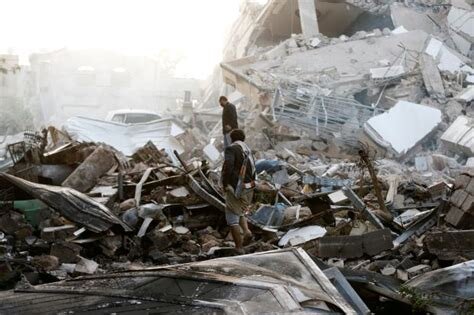
The women visit each other's homes. Each one brings a plate of sweets and the host brings out different types of drinks, such as milk, tea and tamarind juice.
The night before Eid, the excitement becomes apparent. Children had their Eid outfits already picked out and laid out on the bed, eager to wear them the next day. The new clothes for Eid are seen as a way to bring blessing into your year.
They still carry those traditions. They insists that the whole family don new clothes for Eid. It's an absolute must. No one in their family can leave the house on Eid day in old clothes.
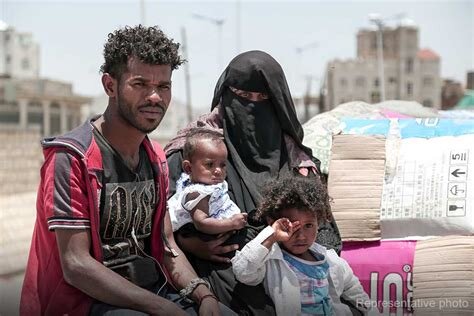
It is easy to forget that Yemen was once a place of joy and spirit, with the constant news of death, famine and cholera. But there's still hope for Yemen.
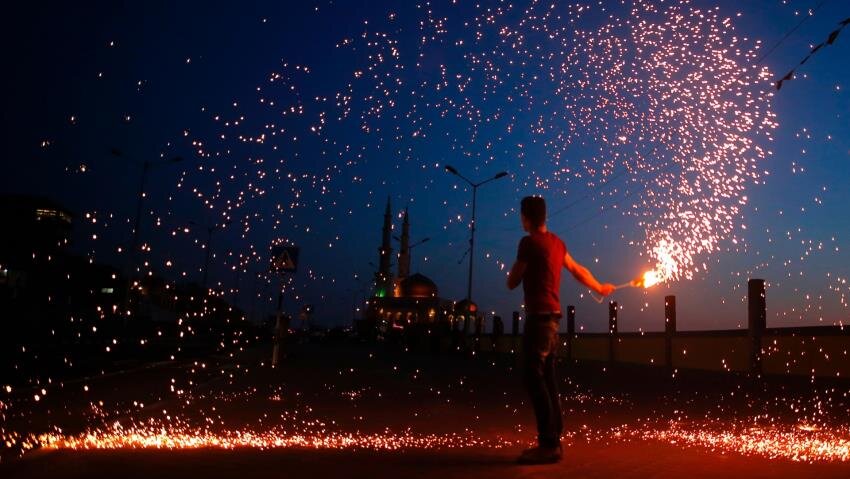

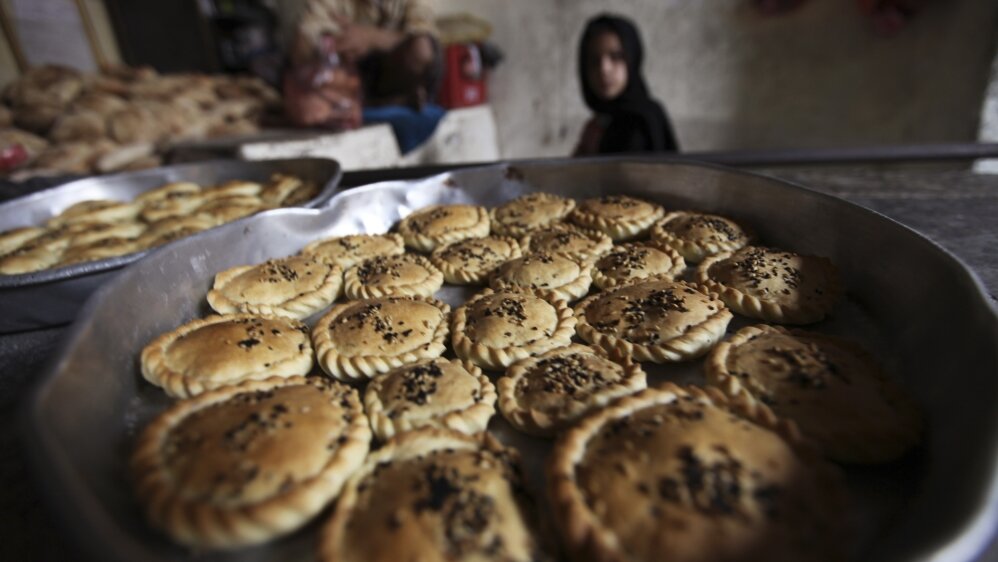
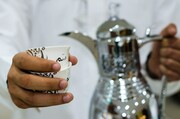
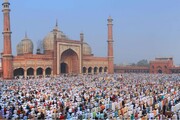


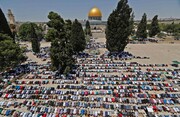
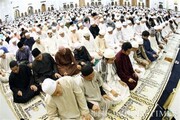
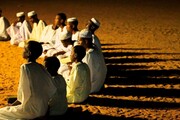


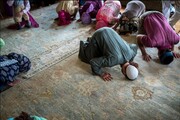
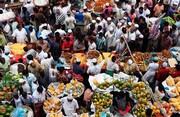

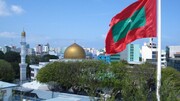
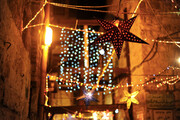
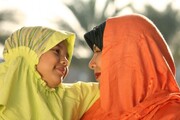

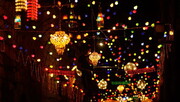
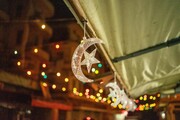
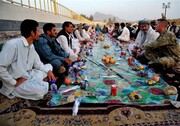
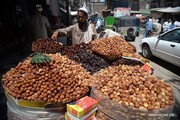
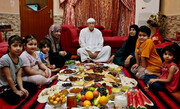
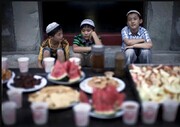
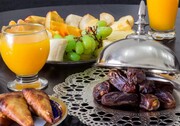
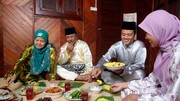
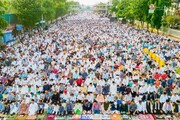
Your Comment